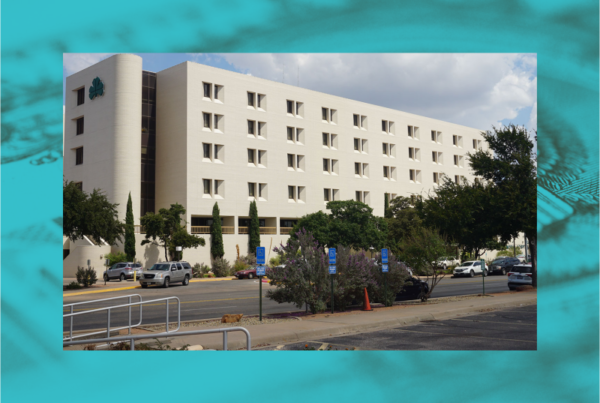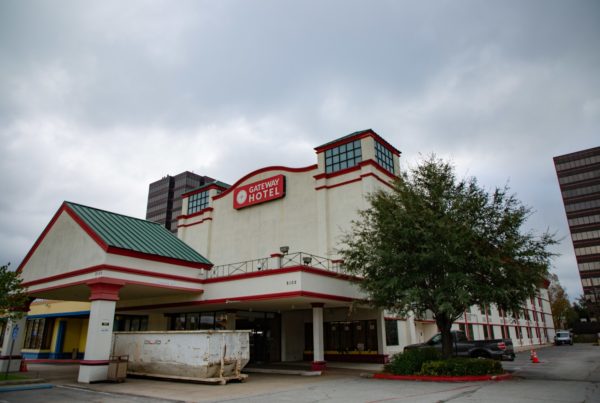Cesarean sections are a common procedure that’s used to speed up delivery of a child, and possibly reduce complications. But they also require much longer recovery times for mothers. In some cases, they can also cause life-threatening complications.
A new investigative report from the San Antonio Express-News finds that some hospitals in Texas, especially along the Mexico border, are significantly overusing C-sections.
Marina Starleaf Riker has been reporting on the story for the Express News. She told Texas Standard the study examined birthing procedures at all non-military hospitals in Texas. The highest rates of low-risk C-sections, where the baby’s head was down prior to delivery, occurred along the Texas-Mexico border. Riker said some hospitals with high C-section numbers had rates almost double the state average. The hospital with the highest C-section rate was in Laredo.
“They also had the highest rate of episiotomies, which kind of showed that they had this abnormally high use of surgical interventions during childbirth,” Riker said.
An episiotomy is a surgical cut to the perineum made during childbirth to ease delivery and protect against tissue rupture.
Riker said the communities where surgical interventions are high often include large numbers of uninsured or underinsured people, who may obtain little or no prenatal care.
“Specifically in Laredo, they have a dearth of obstetricians to care for moms and babies,” Riker said. “So what we heard from doctors who have worked there, and also doctors who have studied the issue, is that sometimes surgical interventions can be performed to speed up labor and delivery in order to manage really hectic schedules and ensure that delivery rooms aren’t overcrowded.”
In addition to the physical stress on mothers receiving C-sections, surgical intervention is also costly. Riker said more than half of births in Texas are funded by Medicaid.
A C-section can lead to increased risk of infection, blood loss after birth and a rare condition in which the placenta can attach to other organs in the mother’s body.
“It really behaves like a cancer, and it can take these really, really intensive surgeries to remove the placenta from those other organs,” she said.














